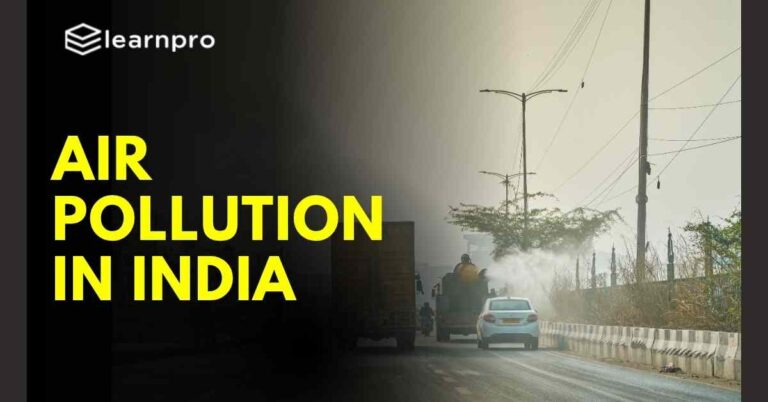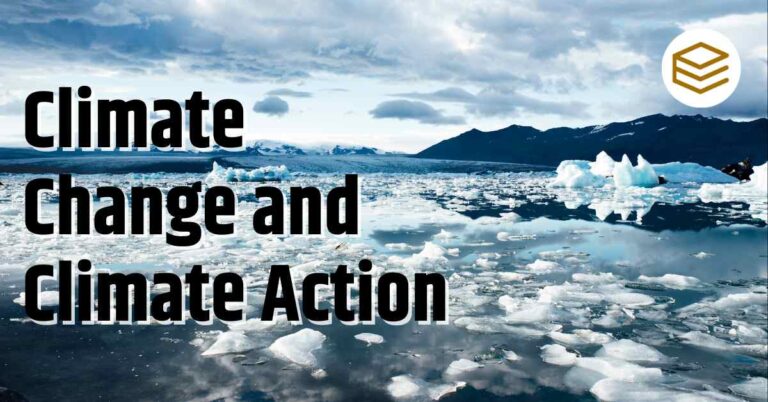October 25, 2025 12:37 am
Introduction
The Amazon Rainforest, often referred to as the “lungs of the Earth,” plays an irreplaceable role in regulating our planet’s climate. Covering a staggering 5.5 million square kilometers across nine South American countries, the Amazon is home to an extraordinary range of biodiversity and stores immense amounts of carbon. However, recent findings reveal a troubling reality: nearly 40% of the most crucial areas for climate change mitigation in the Amazon remain unprotected.
This lack of protection threatens not only the forest’s biodiversity but also its ability to combat climate change. Here’s a detailed look at why the unprotected status of large swathes of the Amazon is significant for our global climate and what it means for the future.
The Significance of the Amazon Rainforest for Climate Change
The Amazon Rainforest is a critical carbon sink, meaning it absorbs more carbon dioxide (CO₂) from the atmosphere than it emits. However, if the balance is tipped due to deforestation or degradation, the Amazon could transform into a carbon source, exacerbating global warming. The unprotected areas of the Amazon contain the densest trees and most continuous canopy cover, making them the most effective regions for carbon storage.
Carbon Storage and Emissions
- The Amazon contains a whopping 71.5 billion tonnes of carbon, almost double the global carbon dioxide emissions for 2022.
- Alarmingly, in the decade leading up to 2022, the Amazon barely absorbed more carbon than it released. If these unprotected areas are destroyed, vast amounts of carbon would be released, accelerating climate change.
Unprotected Areas: The Harsh Reality

Lack of Special Protection
According to recent data:
- Nearly 40% of the most crucial areas for climate change mitigation in the Amazon lack any special government protection.
- These regions are not designated as nature reserves or indigenous territories and are vulnerable to deforestation and exploitation.
- Location: The unprotected regions are primarily in the far southwest of the Amazon in Peru and the far northeast in Brazil, French Guiana, and Suriname.
Protection Status Across the Amazon
- Currently, 61% of peak carbon areas in the Amazon are protected. However, there are regional disparities:
- Brazil, Suriname, and French Guiana: Only 51% of peak carbon areas are protected.
- Peru: Despite a higher proportion of protected areas, some regions are still earmarked for logging, threatening the forest’s integrity.
Why the Unprotected Status is a Concern
Key Reasons for Concern
- Carbon Storage at Risk: The unprotected regions hold the densest and largest trees, which store vast amounts of carbon. If these trees are felled or the land is degraded, the release of carbon dioxide and other greenhouse gases could be catastrophic.
- Climate Regulation: The Amazon influences precipitation patterns and weather systems, not just in South America but globally. Disruption to the Amazon’s ecosystem could lead to unpredictable and extreme weather events worldwide.
- Biodiversity Loss: With 10% of Earth’s known species living in the Amazon, the unprotected areas are home to unique wildlife. Losing these species would have irreversible consequences for global biodiversity.
The Amazon’s Carbon Paradox
Despite its role as a carbon sink, the Amazon is dangerously close to becoming a carbon source. If deforestation and land conversion continue, the Amazon’s ability to store carbon will decline, and its contributions to global warming will increase.
Amazon Rainforest: Facts and Figures
Location and Span
- Countries: Brazil (60% of the forest), Peru, Colombia, Venezuela, Ecuador, Bolivia, Guyana, Suriname, and French Guiana.
- Size: Covers 5.5 million square kilometers, making up over half of the world’s remaining rainforests. If it were a country, the Amazon would be the 9th largest in the world.
Biodiversity
- Species Count: The Amazon is home to more than 40,000 plant species, 2.5 million insect species, over 2,200 fish species, 1,300 bird species, 430 mammal species, and 400 amphibian species.
- Unique Species: Includes the pink river dolphin and poison dart frogs, among others.
Climate Impact
- Carbon Storage: The Amazon holds 123 billion tons of carbon, both above and below ground.
- Oxygen Production: Produces 20% of the world’s oxygen, earning its nickname, “Earth’s lungs.”
- Water Cycle: Releases 20 billion tons of water into the atmosphere daily, influencing rainfall patterns globally.
Human Impact and Threats
The Amazon Rainforest is home to 30 million people, including 350 indigenous and ethnic groups. It also provides livelihoods and resources like Brazil nuts and açaí. However, human activities pose severe threats:
Major Threats
- Deforestation: Driven by cattle ranching, soy cultivation, palm oil plantations, and illegal logging.
- Mining: Unregulated mining activities damage ecosystems and pollute waterways.
- Climate Change: Longer dry seasons and increased forest fires are exacerbating forest loss.
- Infrastructure Development: Roads, dams, and other infrastructure projects fragment the forest and open it up for further exploitation.
Conservation Efforts
- Protected Areas: Approximately 45% of the Amazon is under some form of protection, either as national parks or indigenous reserves.
- International Initiatives: Programs like REDD+ (Reducing Emissions from Deforestation and Forest Degradation) aim to incentivize conservation.
- Technology: Real-time satellite monitoring helps track deforestation and enforce conservation laws.
The Tipping Point: A Looming Threat
Scientists warn that the Amazon could reach a tipping point if deforestation exceeds 20-25%. At this stage, the forest would likely transform into a savanna, losing its ability to store carbon and regulate the climate. Some areas of the Amazon have already started shifting from a carbon sink to a carbon source, a worrying sign of things to come.
Water Resources
The Amazon River, the world’s largest by water volume, is integral to the ecosystem. Disruption to this river system would have devastating effects on both the local and global climate.
Conclusion
The unprotected 40% of the Amazon Rainforest is not just a regional concern but a global crisis in the making. The Amazon’s carbon storage capacity, biodiversity, and climate regulation are essential for a stable global climate. Protecting this vital ecosystem must be a top priority for governments, conservationists, and global stakeholders. Without urgent action, we risk pushing the Amazon—and our planet—beyond the point of no return.
What Can Be Done?
- Strengthening Protection: Expanding nature reserves and recognizing more indigenous territories.
- Sustainable Development: Promoting economic activities that do not harm the forest.
- Global Collaboration: Countries must work together to combat deforestation and invest in conservation.
Stay informed and take action to support the Amazon Rainforest. The future of our climate depends on it.





